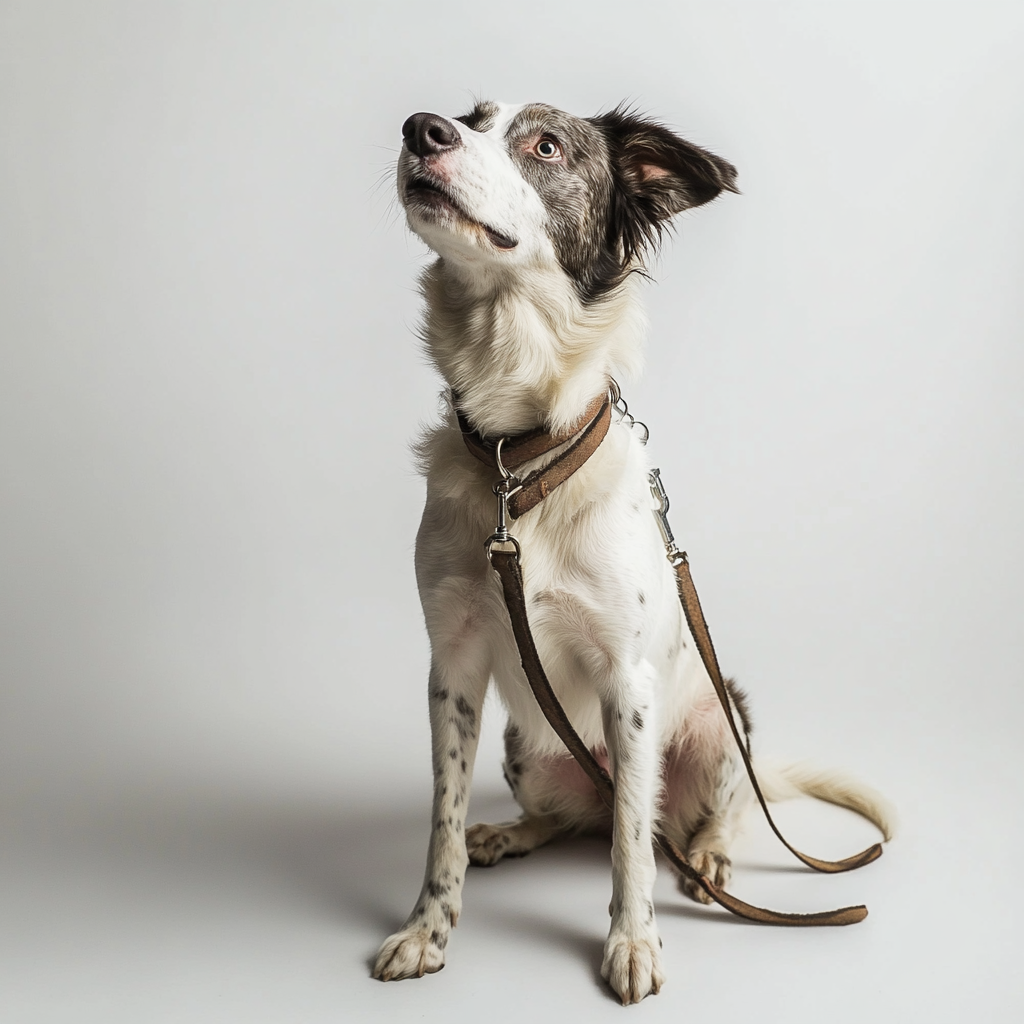Walking your dog is not just an essential part of their routine; it’s an opportunity to bond, train, and provide exercise. The leash you use plays a critical role in ensuring these walks are enjoyable and safe. But with so many leash types available, how do you decide what type of leash is best for a dog? This comprehensive guide will walk you through all aspects of choosing the right leash to meet your and your dog’s needs.
Understanding the Different Types of Dog Leashes
Selecting the right leash starts with understanding the options available. Each type is designed with specific purposes in mind, catering to different activities, breeds, and owner preferences.
 Standard Flat Leashes
Standard Flat Leashes
The most common type of leash, these are typically made of nylon or leather. They come in various lengths, usually between 4 and 6 feet, and are ideal for everyday walks.
Advantages:
- Simple design and easy to use.
- Offers excellent control, especially in crowded areas.
- Durable and affordable.
Drawbacks:
- Limited range of movement for the dog.
 Retractable Leashes
Retractable Leashes
These leashes feature a spool mechanism that allows the leash to extend and retract. They’re great for giving dogs more freedom to explore while still being attached.
Advantages:
- Adjustable length for flexible control.
- Great for open spaces.
Drawbacks:
- Risky in high-traffic areas or for untrained dogs.
- The mechanism can fail over time if not maintained.
 Adjustable Leashes
Adjustable Leashes
Similar to standard leashes but with multiple clips or loops that allow length adjustments.
Advantages:
- Versatile for various situations.
- Can double as a tether when needed.
Drawbacks:
- Slightly more complex to use than standard leashes.
 Training Leashes
Training Leashes
These are longer leashes, often 15–30 feet, used for obedience training and recall exercises.
Advantages:
- Great for teaching commands.
- Offers more freedom during training.
Drawbacks:
- Not ideal for everyday walks.
 Chain Leashes
Chain Leashes
Made from metal links, these are highly durable and often used for dogs that chew through standard leashes.
Advantages:
- Chew-proof and long-lasting.
Drawbacks:
- Heavy and less comfortable to handle.
Factors to Consider When Selecting a Leash
The right leash depends on your dog’s unique characteristics and your intended use. Here are the key factors to evaluate:
1. Dog’s Size and Breed
- Small Breeds: Lightweight leashes made from nylon or similar materials are suitable.
- Large Breeds: Stronger materials like leather or reinforced nylon are better for durability and control.
2. Activity Level and Usage
- Casual Walks: Standard flat leashes work well.
- Active Activities (e.g., running): Hands-free or adjustable leashes are more practical.
3. Material Durability
Choose materials that can withstand wear and tear, especially if your dog pulls or chews.
4. Safety Features
- Reflective strips for nighttime visibility.
- Comfortable grip handles to prevent hand strain.
Pros and Cons of Popular Leash Types
Understanding the strengths and weaknesses of each leash type can help you make an informed decision.
| Leash Type | Pros | Cons |
|---|---|---|
| Standard Flat Leash | Durable, affordable, easy to use. | Limited range of motion for the dog. |
| Retractable Leash | Offers freedom to explore. | Risky for untrained dogs. |
| Adjustable Leash | Versatile, multi-purpose. | Slightly complex design. |
| Training Leash | Ideal for obedience training. | Not suitable for everyday use. |
| Chain Leash | Chew-proof and long-lasting. | Heavy and uncomfortable to handle. |
Specialty Leashes for Specific Needs
1. Hands-Free Leashes for Joggers
These leashes wrap around your waist, leaving your hands free for running or carrying items.
2. Dual Leashes for Walking Two Dogs
Designed to prevent tangling, these allow you to walk two dogs simultaneously.
3. Harness-Compatible Leashes
Ideal for dogs that wear harnesses, ensuring compatibility and control.
Materials Used in Dog Leashes
1. Nylon Leashes
Lightweight, affordable, and available in various colors.
2. Leather Leashes
A premium option, offering durability and comfort, though it requires regular maintenance.
3. Biothane and Rope Leashes
Waterproof, easy to clean, and highly durable, these are perfect for outdoor adventures.
Training and Behavioral Benefits of Using the Right Leash
The right leash can positively impact your dog’s behavior and training:
- Correcting Pulling Behavior: Using a no-pull leash or proper training techniques.
- Leash Training for Puppies: Standard leashes are best for introducing leash manners.
- Impact on Dog-Owner Relationship: A well-suited leash fosters better communication and trust.
Maintenance and Care for Dog Leashes
Regular care ensures longevity:
- Nylon and Biothane: Clean with mild soap and water.
- Leather: Use leather conditioners to prevent cracking.
Frequently Asked Questions
What type of leash is best for small breeds?
Lightweight nylon leashes are perfect for small breeds due to their comfort and durability.
Are retractable leashes safe?
They can be safe if used in open spaces but are not ideal for crowded areas.
What leash is ideal for training?
Training leashes or long leads are excellent for teaching commands.
How can I prevent leash fraying?
Regular inspection and avoiding chewing can prolong the leash’s life.
Do leather leashes last longer than nylon ones?
Yes, leather leashes are more durable but require maintenance.

